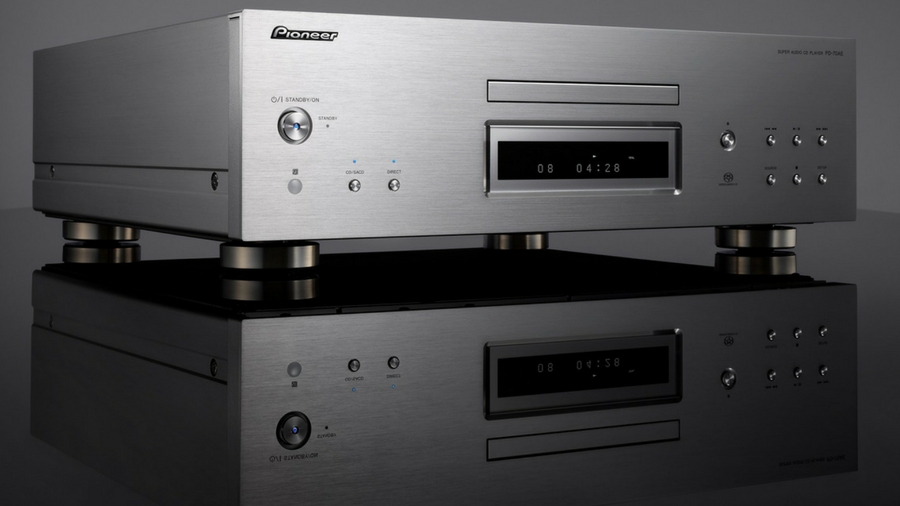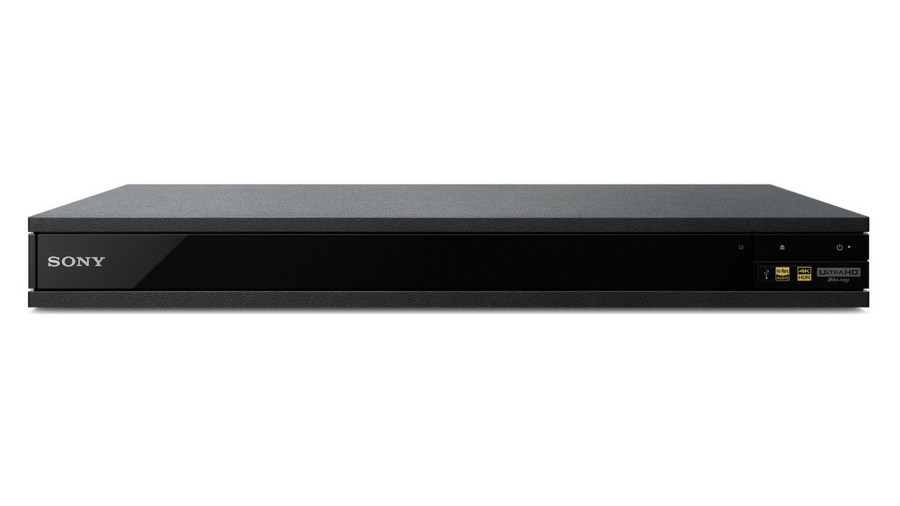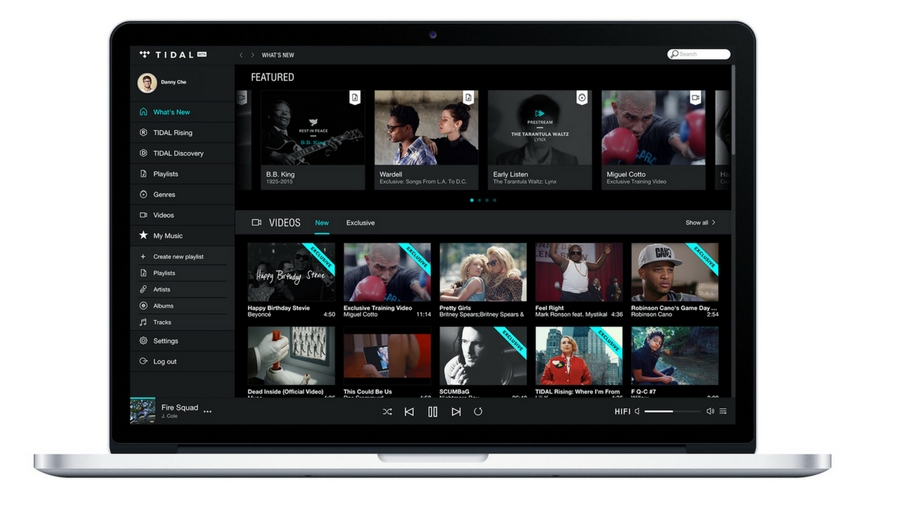Lossless audio explained: sorting the FLACs from the ALACs
Know the difference between lossy, lossless and hi-res audio

Thanks to the PC, the iPod and then the smartphone, the music world was once ruled by the 128kbps MP3 file. Our music was mobile, and heavily compressed, and to anyone who had been used to CD or vinyl, it sounded pretty terrible. Lossy MP3, WMA and AAC music ripped from CDs or downloaded was the way of things… until recently.
The rise of more advanced audio formats has signalled a new wave of music appreciation, raising the average listener's expectation of quality while giving committed audiophiles what they're always after: the chance to hear the most authentic recreations of their favorite songs and artists.
Cue a new dawn of music downloads and streaming services that deal in music as close to the original Studio Master as possible, usually referred to as lossless audio – or incorrectly confused with Hi-Res Audio. To avoid all confusion, we've run through exactly what these formats entail below.
- Hi-Res Audio: how smartphone music is getting a serious upgrade

What is lossless audio?
In its purest form, lossless refers to uncompressed music. “Lossless audio is the unmodified output of the recording process. It's the most accurate representation of output of the recording process that exists,” says Gilad Tiefenbrun, CEO at hi-fi and audio equipment company Linn, which pioneered Studio Master downloads in 2007.
The Studio Master – the original recording file laboured over by the artists and producers – perfectly captures the sound, the texture, the detail, and the space required to express the feeling and the emotion of the original performance.
The Studio Master – the original recording laboured over by the artists and producers – perfectly captures the sound, the texture, the detail, and the space required to express the feeling and the emotion of the original performance. Planning at high-res multi-room streaming company Bluesound. Lossless, studio-quality audio formats include AIFF and WAV, though the resulting files are often pointlessly massive. Cue lossless compression files.

What is lossless compression?
“Use a lossless compression format and the result will still be lossless, as long as the compression format is perfectly reversible,” says Tiefenbrun.
Get daily insight, inspiration and deals in your inbox
Sign up for breaking news, reviews, opinion, top tech deals, and more.
The open-source lossless format FLAC (free lossless audio codec), Apple Lossless (ALAC) for iTunes and Monkey's Audio APE files are examples of lossless compression formats, all of which manage to compress file sizes without losing the overall quality of the audio.
"What is generally meant by lossless audio is the direct copy of the Studio Master recording, reduced in size for lower bandwidth transmission, and reconstituted later while retaining all the musical information from the original recording," says Stidsen.
It's much like a ZIP file, where a complex document is zipped into a smaller size container for transportation to another computer where it gets unzipped and is restored to its original format.
These file formats are a delivery mechanism; they use compression algorithms to squeeze out the silence from music. What they don't do is compress the actual music, or delete any data. That's different to compressed or 'lossy' music file formats like MP3, which remove data.
“Given the amount of processing, storage, and bandwidth available today, it seems foolish to commit the world’s precious music creations to formats that modify or remove information from the output of the recording process,” says Tiefenbrun.

What is High Res Audio?
Lossless is not the same as High Res Audio, which is effectively designed to be far better than an MP3, much better than a CD, and as close as possible to the Studio Master without having to deal with horrendously-large file sizes.
“The distinction between the two is an unfortunate confusion,” says Tiefenbrun. “Many companies have taken to calling the format of CD 'lossless', while declaring anything distributed with a sample rate or bit depth higher than that as 'hi-res'. However, the only thing that's technically lossless audio is the original, unmodified recording.
"The generally accepted definition of High Res Audio is an analogue frequency response of at least 40kHz, and a minimum of 24-bit 96kHz digital recording and playback," says Stidsen. So-called 24/96 is the most common, but you can also find music files at 24/192 and even 24/384.
Before we delve any deeper, let's look at what these numbers actually mean.
Bit-depth explained
"Bit depth is how we define dynamic range, or the difference between the loudest sound and the softest sound," says Stidsen.
Each bit represents six decibels (dB) of dynamic range, so a 16 bit signal has 96dB of dynamic range, and a 24 bit signal has 144dB. Compared to an LP, which couldn’t contain the full dynamic range of music, a 24 bit systems gives an additional 48dB of dynamic range.
"That's enough to capture all the subtle musical detail that adds so much realism to reproduced sound," says Stidsen.
OK, so we want 24 bit music for plenty of dynamic range. What next?
Sampling frequencies explained
Analogue sound moves in waves, so when it's converted into a digital signal, a microphone samples it at regular time intervals. How often it does that is the sampling frequency, with 1 Hz meaning one sample per second.
"At least two samples are required to reproduce a waveform which means that we need at least 80kHz of sampling rate to reproduce the 40kHz signal that defines High Res Audio," says Stidsen. A CD gives you 16-bit/44.1kHz.

Where can I find lossless & Hi Res Audio music?
Hi-res music was first available as DSD files on DVD-A and SACD discs (the latter are supported by the Sony UBP-X800 Blu-ray player), and more recently downloads from sites like HDtracks.com, ProStudioMasters.com, 7digital.com, OnkyoMusic.com and HighResAudio.com.
"Due to the relatively large file sizes, hi-res started as a download option from stores such as HDTracks and 7Digital, but streaming services are now becoming available, most notably from Tidal and Qobuz, but not yet on Apple, Google or Amazon’s music services," says Jack Wetherill Senior Market Analyst at Futuresource Consulting. Spotify doesn't even offer lossless audio streaming yet, let alone hi-res, though they have begun testing out the formats with a select number of premium subscribers.
More recently, hi-res audio has started to enter the mainstream through Tidal Masters and Deezer, thanks to a new format called MQA. However, it's not lossless – some compression does take place.

What devices support lossless music?
Unfortunately, although a hi-res music library is incredibly impressive, there are issues with compatibility. Lossless files, as well as taking up vastly more storage space, can only be played on hardware capable of decoding the files.
"Sales are still relatively small, but growing, restricted mostly to high-end stereo amps, AV receivers and network audio players," says Wetherill.
More popular are portable Hi-Res Audio players like the Astell & Kern AK70, Sony NWZ-A10 Walkman, Onkyo DP-S1 and Pioneer XDP-30R, though smartphone support is building.
"LG's and Samsung’s introduction of Hi-Res capability this year into some of their smartphones is also helping drive up the installed base of Hi-Res devices," says Wetherill, though he insists that major promotion and making it simple to listen to music in better quality needs to happen. He adds: "Millennials need to be convinced that the sound quality is significantly superior to what they have experienced until now."
- Need some headphones to indulge your newly discovered love of lossless audio? Our guide to the best headphones has everything you need to get equipped
Jamie is a freelance tech, travel and space journalist based in the UK. He’s been writing regularly for Techradar since it was launched in 2008 and also writes regularly for Forbes, The Telegraph, the South China Morning Post, Sky & Telescope and the Sky At Night magazine as well as other Future titles T3, Digital Camera World, All About Space and Space.com. He also edits two of his own websites, TravGear.com and WhenIsTheNextEclipse.com that reflect his obsession with travel gear and solar eclipse travel. He is the author of A Stargazing Program For Beginners (Springer, 2015),
